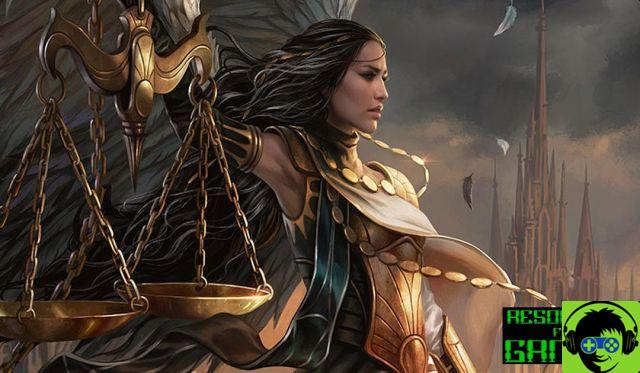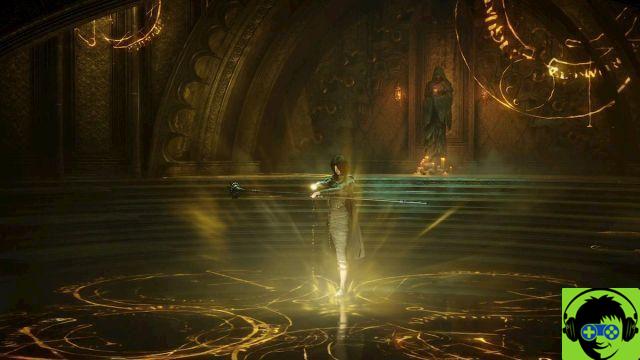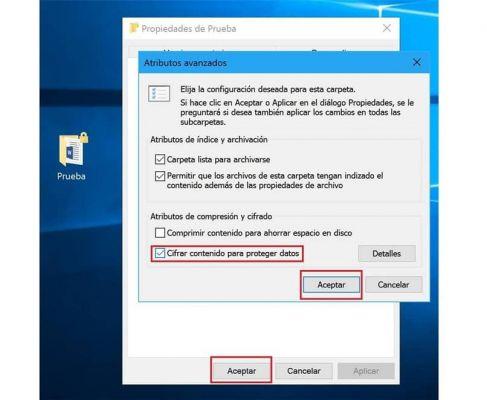Ravnica is one of the most beloved Plans (i.e. Worlds) by players of all Magic: The Gathering. A giant planetary city that includes industrial districts, underground oceans, lush forests and immemorial ruins, painted for almost twenty years with numerous sets and legendary maps.
But Ravnica is above all appreciated for having established the rules, strategies and in general the structure of classic ecumenical combinations.
Today we are going to explore the golden aisles of the Orzhov Union, the prelates and bankers of Ravnica characterized by the use of the
"No Salvation Without Taxation"
The Orzhov are a mixture of religious officials, loan sharks and old-fashioned mafiosi who regulate the lawful and not the whole Plan through the use of force, the law and above all the total and perpetual slavery of the souls of its debtors, forced to serve the Guild until the end of their spiritual sentence. Within it there are armies of humans, vampires, thrulls, angels and, of course, ghosts.
At the time of the Covenant of Guilds, the Orzhov probably really believed in a kind of religious ideal, but over time money and corruption have become the real cornerstones of every maneuver and plan of the Guild. Over the millennia the Guild has been governed by a solid hierarchy of ministers, nobles and patricians led by the Obzedat, a council of greedy eternal ghosts killed by Planeswalker Kaya shortly before the events of the War of Sparks.
For the Orzhov nothing is more sacrilegious (and harmful) than someone who does not respect his religious authority. This means that the Guild of the Golgari, who mock death thanks to their spells and their continuous cycles of rebirth and recycling of the dead, are their most fierce rivals. They also disdain the Guild of the Izzet, men of science rather than spirit, while they have a strong affinity with the Azorius for their dense bureaucratic network and the Boros for being the armed arm of the law on Ravnica.
Orzhov's Strategies

The combination of Orzhov allows for great, simple synergies between its cards, with White creating protections, lifelinks, and flying creatures, while Black allows for heavy removal. Combine these two opportunities to survive more easily throughout the Early and Mid-Game.

In Ravnica's new Loyalty expansion, the new ability of the Black and White Guild has also been introduced, namely Beyond: Creatures with Beyond, once destroyed, evoke a number of 1/1 Spectrum tokens equal to the number specified on the card. This allows you to build interesting synergies and combos with cards that activate whenever a creature enters the battlefield, such as Corpse Knight.
Generally speaking, Orzhov decks aim for a defensive style of play with an exaggerated amount of low-cost removals such as Mortify or Legion's End, and then move on to counterattack with an array of highly synergetic creatures such as Ajani's Pridemate, Vampire of the Dire Moon and Angel of Vitality, or continue with a strategy of tabula rasa with as many wipe-boards like Kaya's Wrath and Planeswalker with devastating effects like Ajani, Strength of the Pride.
Strengths and Weaknesses of the Orzhov Decks

The Orzhov's style of play tends to adapt to every situation precisely because it aims more to unravel the opponent's plans and put obstacles in his way with cards like Smothering Tithe, and then set slow but inexorable threats that will gradually decimate his life as Ill-Gotten Inheritance or a series of dangerous creatures. This means that this pair of opponents before they act and go on the offensive, so patience will be your strongest weapon. Don't worry about your life points - you'll be able to easily regain them.
On the other side of the scale are the Control decks, especially the Azorius or Simic-Flash decks, which due to the high number of counterspells like Negates and instant speed cards like Frilled Mystic and Nightpack Ambusher are much more difficult and dangerous to counteract.




























